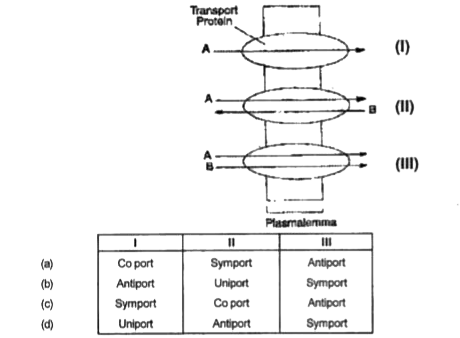See the following diagram and identify the process occurring in I, II and III 
Video Solution
Text Solution
The correct Answer is:A
Uniport allows movement of a molecule in a direction irrespective of another molecule.
Antiport allows movement of molecules in opposite direction.
Symport allows movement of a molecule in the same direction
|
Similar Questions
Knowledge Check
See the following figure and identify it
 A A B C DMetacentric chr.Submetacentr ic chr.Acrocentri c chr.Telocentric chr.B A B C DSubmetacentric chr.Metacentric chr.Telocentric chr.Acrocentric chr.C A B C DAcrocentric chr.Telocentric chr.Metacentri c chr.Submetacentric chr.D A B C DTelocentric chr.Acrocentric chr.Submetacentric chr.Metacentric chr.
A A B C DMetacentric chr.Submetacentr ic chr.Acrocentri c chr.Telocentric chr.B A B C DSubmetacentric chr.Metacentric chr.Telocentric chr.Acrocentric chr.C A B C DAcrocentric chr.Telocentric chr.Metacentri c chr.Submetacentric chr.D A B C DTelocentric chr.Acrocentric chr.Submetacentric chr.Metacentric chr.See the following diagram. Identify 1 to 8
 A1-Temporal bone, 2 -Malleus, 3 -Incus, 4 -Cochlea, 5 -Stapes, 6-Eustachian tube, 7-Tympanic membrane, 8 - External auditroy canalB1-Temporal bone, 2 -Incus, 3 -Malleus, 4 -Stapes, 5 -Cochlea, 6-Eustachian tube, 7-Tympanic membrane, 8 - External auditroy canalC1-Tympanic membrane, 2 -Malleus, 3 -Incus, 4 -Stapes, 5 -Cochlea, 6-Eustachian tube, 7-Tympanic membrane, 8 - External auditroy canalD1-Temporal bone, 2 -Malleus, 3 -Incus, 4 -Stapes, 5 -Cochlea, 6-Eustachian tube, 7-Tympanic membrane, 8 - External auditroy canal
A1-Temporal bone, 2 -Malleus, 3 -Incus, 4 -Cochlea, 5 -Stapes, 6-Eustachian tube, 7-Tympanic membrane, 8 - External auditroy canalB1-Temporal bone, 2 -Incus, 3 -Malleus, 4 -Stapes, 5 -Cochlea, 6-Eustachian tube, 7-Tympanic membrane, 8 - External auditroy canalC1-Tympanic membrane, 2 -Malleus, 3 -Incus, 4 -Stapes, 5 -Cochlea, 6-Eustachian tube, 7-Tympanic membrane, 8 - External auditroy canalD1-Temporal bone, 2 -Malleus, 3 -Incus, 4 -Stapes, 5 -Cochlea, 6-Eustachian tube, 7-Tympanic membrane, 8 - External auditroy canalSee the following diagram and identify A, B, C and D
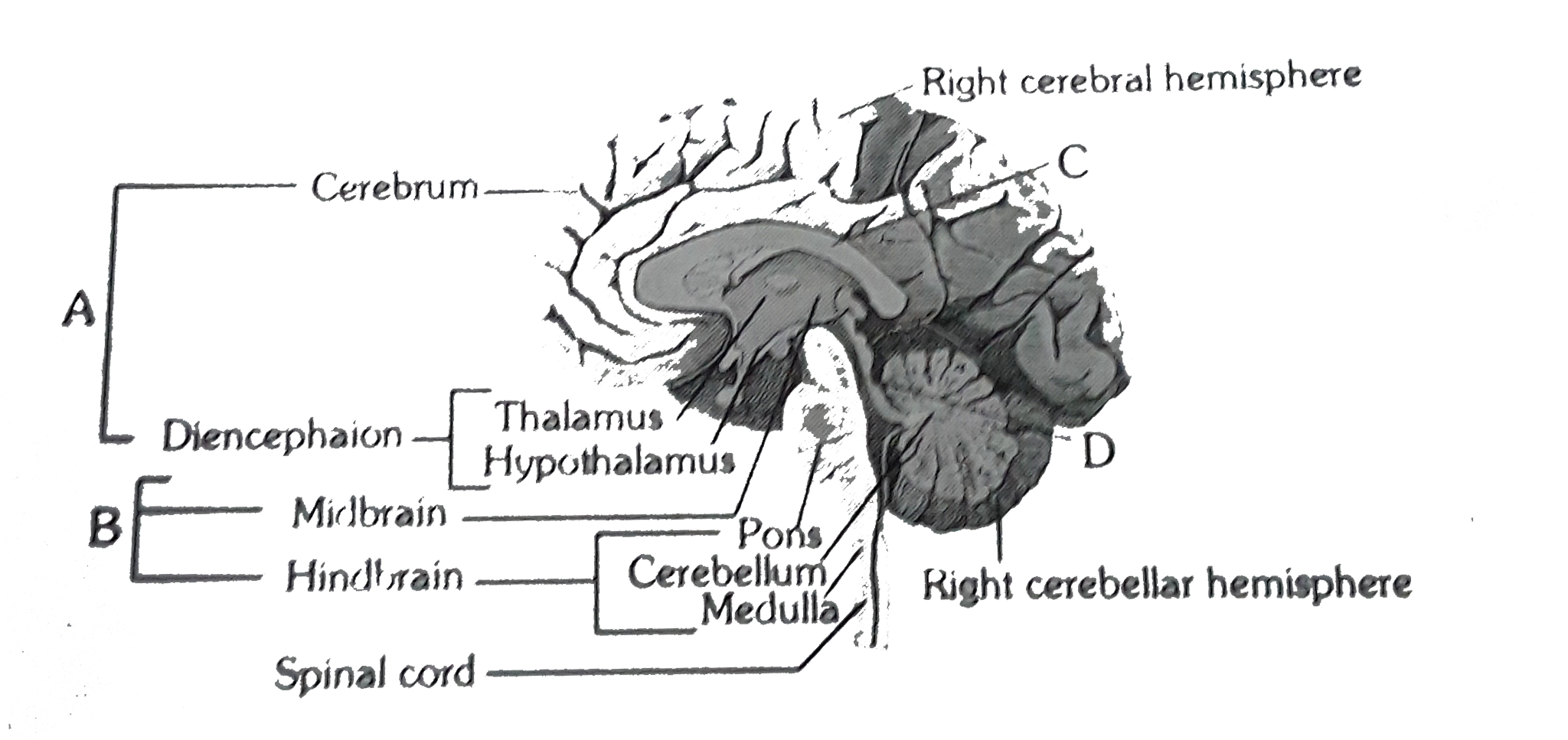 AA-Brainstem, B-Forebrain, C-Cerebral aqueduct, D-Corpus callosumBA-Brainstem, B-Forebrain, C-Cerebral callosum, D-Corpus aqueductCA-Forebrain, B-Brainstem, C-Cerebral aqueduct, D-Corpus callosumDA-Forebrain, B-Brainstem, C-Cerebral callosum, D-Corpus aqueduct
AA-Brainstem, B-Forebrain, C-Cerebral aqueduct, D-Corpus callosumBA-Brainstem, B-Forebrain, C-Cerebral callosum, D-Corpus aqueductCA-Forebrain, B-Brainstem, C-Cerebral aqueduct, D-Corpus callosumDA-Forebrain, B-Brainstem, C-Cerebral callosum, D-Corpus aqueduct
See the following figure and identify it.

View Solution(a) Observe the given figure and give the answers of the following :-
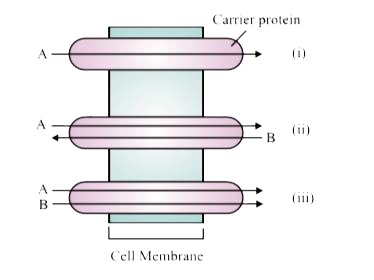
(a) Identify the process occurring in (I), (II) and (III).
(b) Differentiate between the process II and III.
(c) How many types of aquaporins from the water channels in the cell membrane.
View SolutionSee the following diagram and identify x and y with their fuctions
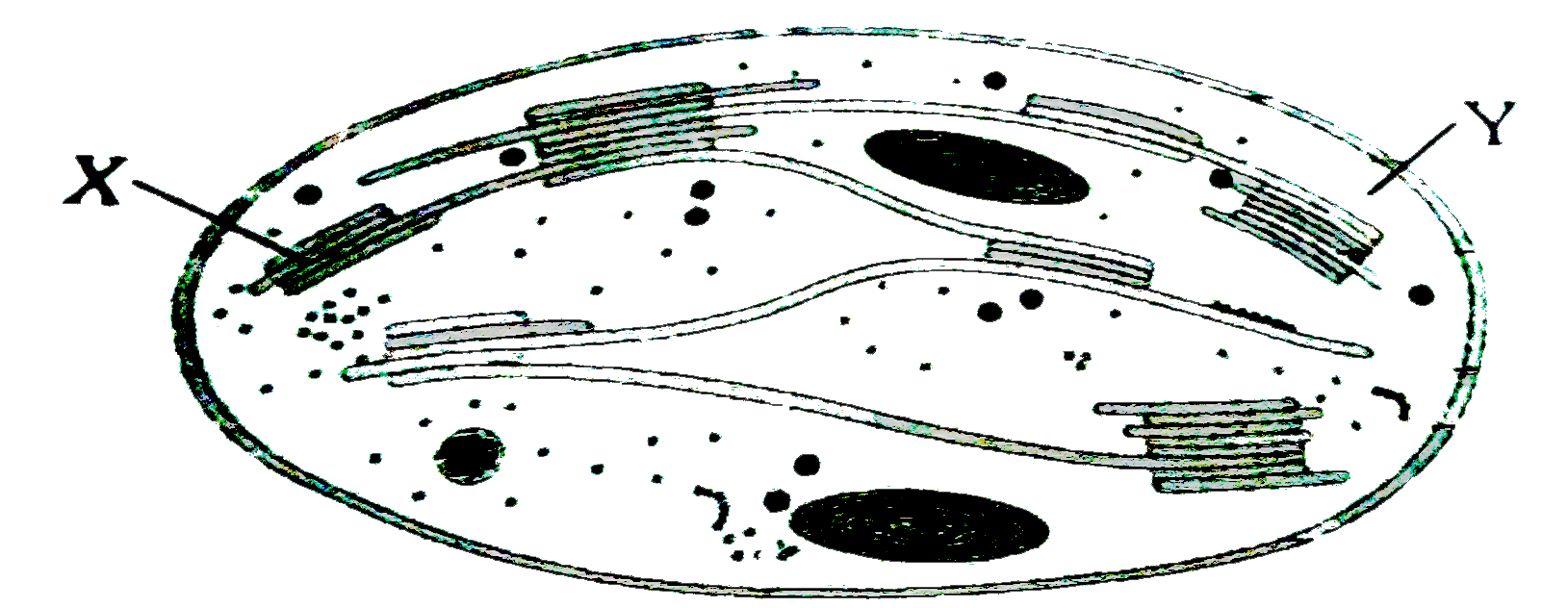

View SolutionSee the following diagram and identify A,B,C,D,E,F and G
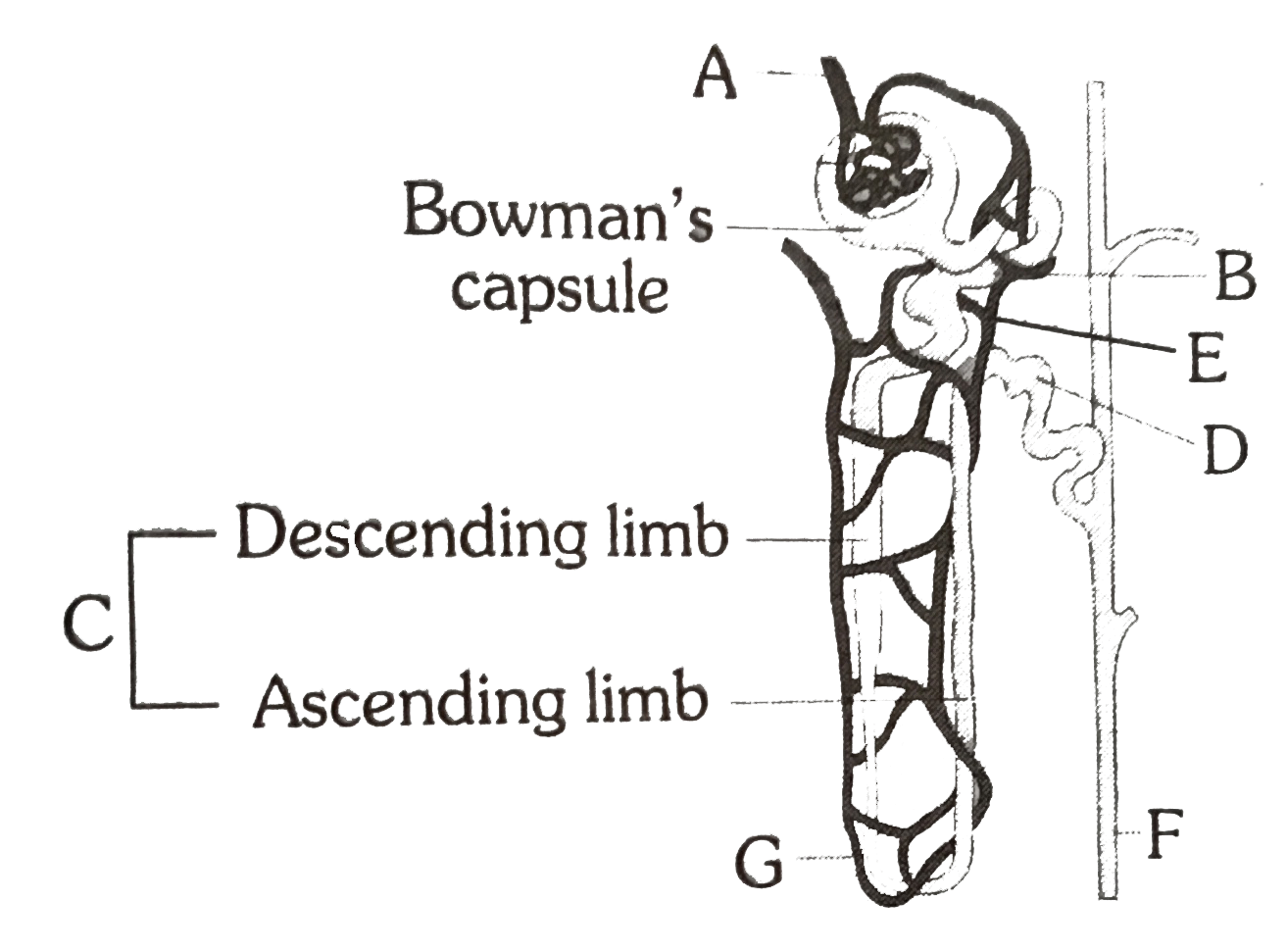
View SolutionSee the folling diagrams and identify inflorescence A and B
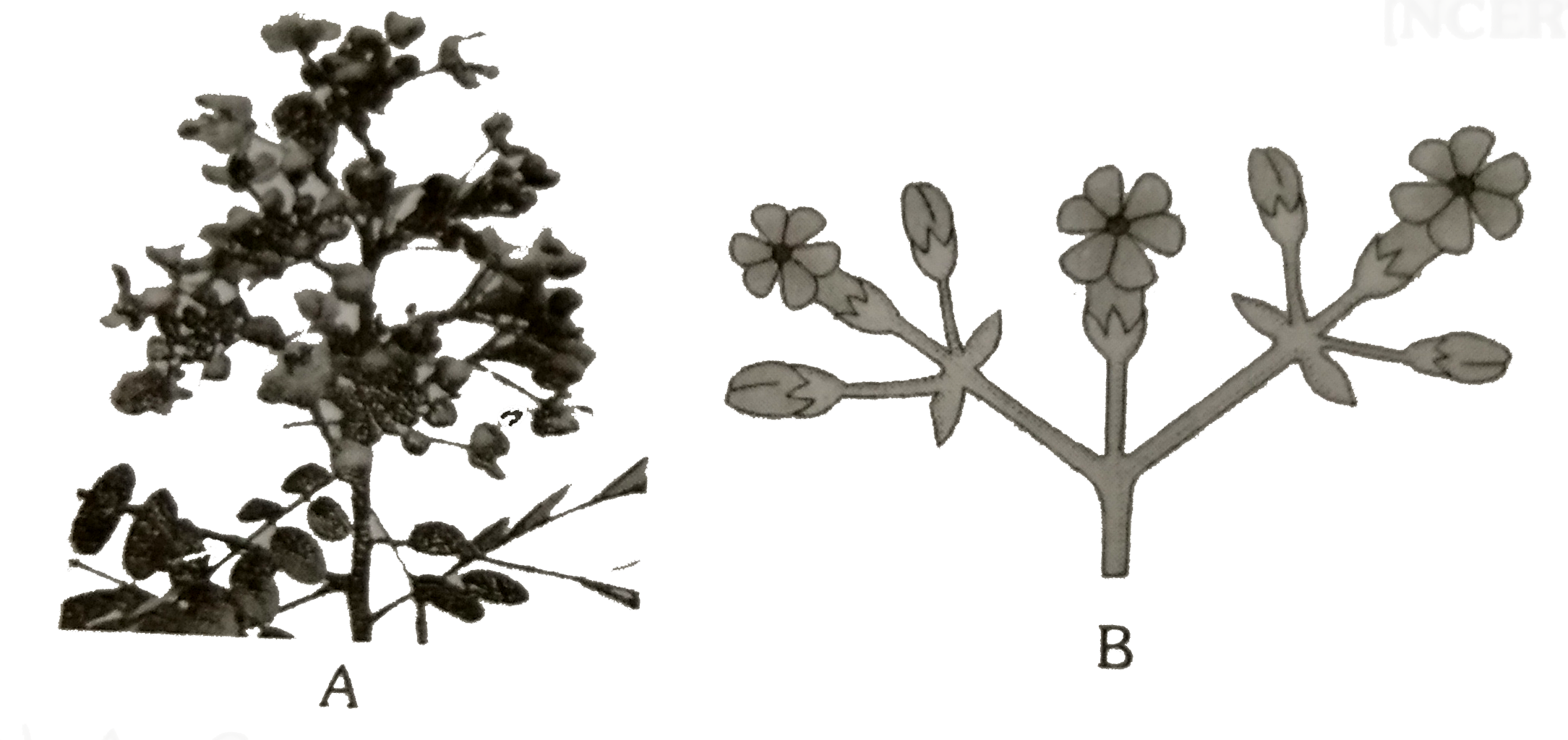
View Solution

